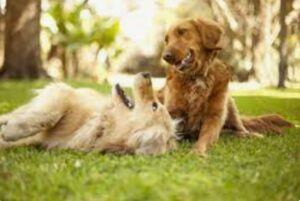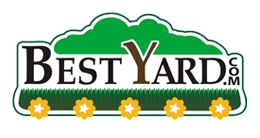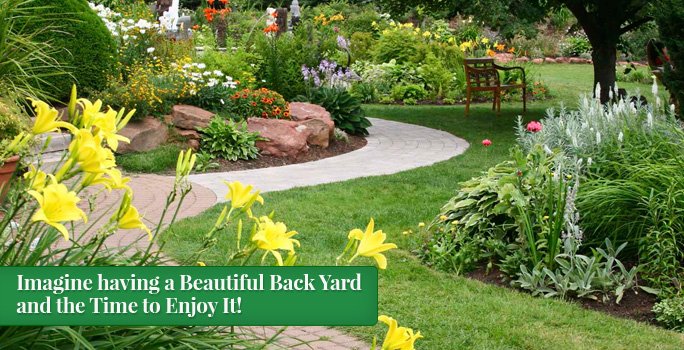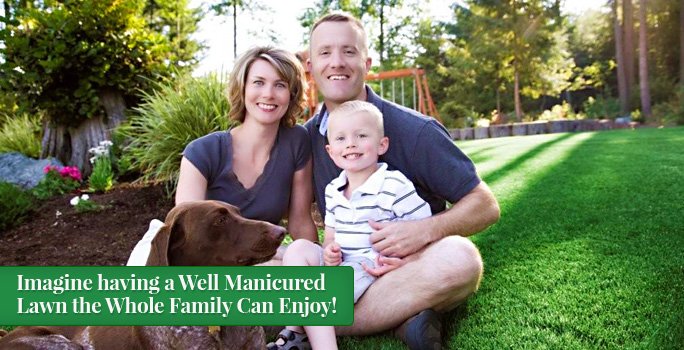
In the realm of landscape design, ensuring a space is not only aesthetically pleasing but also safe for our furry friends is paramount. Our pets, beloved members of the family, deserve landscapes that cater to their needs while mitigating potential hazards. Here’s a detailed exploration of how to craft a pet-friendly outdoor environment:
- Avoiding Potentially Dangerous Plants:
Many plants can pose a risk to our four-legged companions, either through ingestion or contact. Dogs, in particular, may be inclined to explore and nibble on vegetation, putting them at risk of toxicity. Bulbs such as daffodils, tubers like dahlias and irises, and certain fruits like grapes and apple seeds can be harmful if consumed. Additionally, plants like chrysanthemums, clematis, and the horse chestnut tree can cause adverse reactions in pets.
To safeguard your furry friends, it’s crucial to identify and eliminate such hazards from your landscape. Consider confining toxic plants to areas inaccessible to pets or opting for alternative greenery that poses no threat. Consulting resources such as the ASPCA’s list of plants toxic to dogs can provide valuable insights. Collaborating with a landscape professional can also streamline the process, ensuring your yard remains both visually appealing and safe for your pets.
- Providing Ample Shade:
Just like humans, pets require respite from the sun’s rays, especially during scorching summer days. In the absence of mature trees offering natural shade, it’s essential to create shaded areas where pets can seek refuge. Whether it’s a covered porch, pergola, or strategically placed umbrellas, providing shaded retreats allows pets to cool down and avoid heat-related discomfort or illness.
Incorporating shade into your landscape design not only enhances your pet’s comfort but also contributes to the overall usability and enjoyment of outdoor spaces. By strategically positioning shade structures, you can create inviting spots for relaxation and recreation for both pets and their owners.
- Ensuring Access to Water:
Hydration is key to maintaining your pet’s well-being, particularly during outdoor activities or prolonged sun exposure. Access to clean, fresh water is a non-negotiable element of a pet-friendly landscape. Ensure that water bowls are readily available throughout your outdoor space, replenishing them regularly to prevent dehydration.
For those with water features such as ponds or fountains, it’s essential to take additional precautions to safeguard pets. Choose pet-safe products for water treatment to prevent accidental ingestion of harmful chemicals. Additionally, consider incorporating shallow areas or ramp access to facilitate safe entry and exit for pets, reducing the risk of accidents or drowning.
- Implementing Pet-Friendly Design Elements:
Beyond addressing specific hazards, incorporating pet-friendly design elements enhances the functionality and enjoyment of your landscape for both pets and their owners. Consider the following additions to optimize your outdoor space for furry companions:
- Pet-Friendly Pathways: Utilize materials such as gravel or mulch for pathways to create comfortable and paw-friendly surfaces for pets to walk on. Avoid sharp or abrasive materials that may cause discomfort or injury to sensitive paw pads.
- Play Areas: Dedicate a portion of your yard to pet-friendly play areas equipped with toys, agility equipment, and designated areas for exercise and interaction. Incorporating durable, pet-safe materials ensures longevity and minimizes maintenance requirements.
- Secure Boundaries: Install secure fencing or barriers to define boundaries and prevent pets from wandering off or accessing restricted areas. Choose materials that are both durable and visually appealing, complementing the overall aesthetic of your landscape.
- Pet-Friendly Landscaping: Select landscaping features such as raised beds or container gardens to minimize the risk of pets trampling delicate plants or digging up flower beds. Opt for sturdy, pet-resistant plants that can withstand playful interactions without sustaining damage.
By integrating these pet-friendly design elements into your landscape, you can create a harmonious outdoor environment that accommodates the needs and behaviors of your furry companions. Prioritizing safety and comfort ensures that your pets can fully enjoy their outdoor adventures while providing peace of mind for pet owners.
In conclusion, crafting a pet-friendly landscape involves careful planning, attention to detail, and a proactive approach to mitigating potential hazards. By avoiding toxic plants, providing ample shade and water, and incorporating pet-friendly design elements, you can create a safe and inviting outdoor space that both you and your pets will love. Remember, a well-designed landscape not only enhances the beauty of your home but also fosters a healthy and enriching environment for your beloved companions.
Click “DO IT FOR ME” to request a FREE quote.

Source: customer-service@bestyard.com in collaboration with Associated Landscape Contractors of Colorado
















